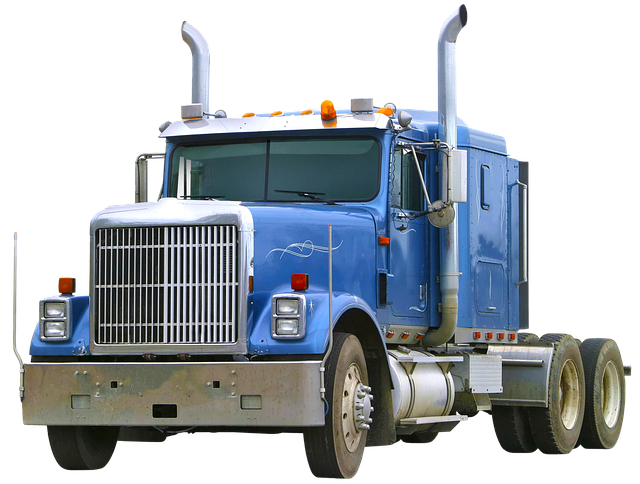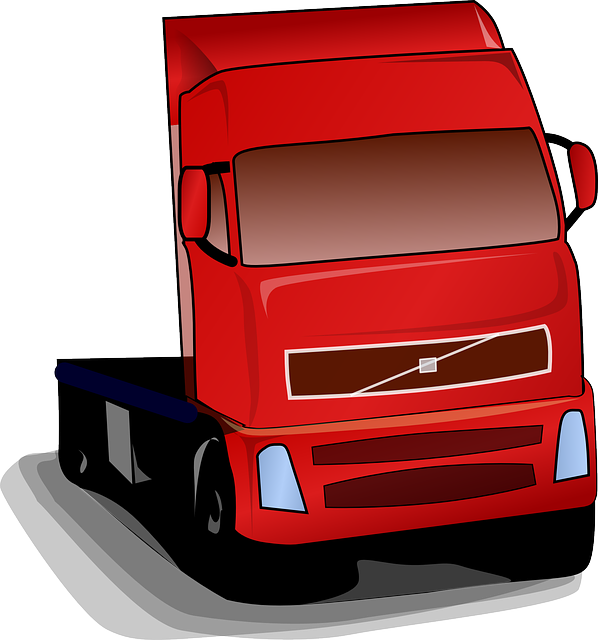Looking to register your car in California? Navigating the process can seem daunting, but understanding each step ensures a smooth transition. This comprehensive guide breaks down the California car registration process, emphasizing the crucial role of VIN (Vehicle Identification Number) verification. We’ll walk you through gathering necessary documents, the DMV’s involvement, and a detailed, step-by-step registeration procedure. By the end, you’ll be ready to hit the road legally.
- Understanding the California Car Registration Process
- Gathering Required Documents for VIN Verification
- The Role of the DMV in Vehicle Registration
- Steps to Register a Car in California: A Detailed Guide
- Post-Registration: Important Follow-Up Steps and Considerations
Understanding the California Car Registration Process

Understanding the California Car Registration Process
In California, registering a car involves multiple steps, ensuring your vehicle complies with safety and environmental standards. The process begins with gathering essential documents, including proof of ownership, insurance, and identification. Once these are in order, the next crucial step is conducting a Vehicle Identification Number (VIN) verification. This process ensures that your vehicle’s details match those on record with the California Department of Motor Vehicles (DMV).
A key aspect of this verification is the use of mobile VIN services, where a professional inspector can perform a thorough check directly at your location. These mobile vin verification or mobile vin inspection services streamline the process, eliminating the need for you to visit a DMV office. By leveraging technology and offering solutions like these mobile vin verifiers, California aims to make car registration more efficient and accessible for all residents.
Gathering Required Documents for VIN Verification

To register your car in California, you’ll need to gather several important documents for VIN (Vehicle Identification Number) verification. This process is a crucial step in ensuring the accuracy and legitimacy of your vehicle’s information. One efficient way to handle this is by utilizing a mobile vin verifier or scheduling a vin inspection. These services allow you to quickly capture and transmit your car’s detailed specifications, making the registration process smoother.
When preparing your documents, make sure to have your vehicle’s registration certificate from the previous state (if applicable), proof of ownership, and insurance information. Additionally, the California Department of Motor Vehicles (DMV) will require a valid driver’s license or state-issued ID card. For a hassle-free vin inspection, consider reaching out to certified professionals who can guide you through the process and ensure all required documents are in order.
The Role of the DMV in Vehicle Registration

The Department of Motor Vehicles (DMV) plays a pivotal role in ensuring proper and secure vehicle registration in California. As the primary regulatory body, the DMV is responsible for facilitating the registration process while upholding strict compliance with state laws. One critical aspect they oversee is the vin verification—a process that entails cross-referencing a vehicle’s unique identification number (VIN) against their records to establish authenticity and ownership.
In today’s digital age, convenient alternatives like mobile vin inspection services have emerged, allowing drivers to verify their vehicles’ details remotely. These services utilize advanced technology to conduct thorough vin inspections, providing peace of mind and saving time for California residents looking to register or transfer vehicle ownership. This modern approach complements the DMV’s efforts in streamlining registration while maintaining the integrity of the state’s automotive records.
Steps to Register a Car in California: A Detailed Guide

Registering a car in California involves several straightforward steps. Start by gathering essential documents, including your vehicle’s Vehicle Identification Number (VIN), proof of ownership, and valid identification. Next, visit the California Department of Motor Vehicles (DMV) or use their online services to initiate the registration process.
A crucial part of this process is completing a VIN verification, which can be done through a mobile vin inspection or using a trusted vin verifier. This step ensures that your vehicle meets all safety and emission standards. Once your car passes inspection, you’ll receive a Registration Certificate and license plates, allowing you to legally drive on California roads.
Post-Registration: Important Follow-Up Steps and Considerations

After successfully registering your car in California, there are several important follow-up steps to ensure everything remains in order. One crucial aspect is completing a Vehicle Identification Number (VIN) verification process, which can be done through a mobile VIN verifier or during a vin inspection at a designated location. This step is essential for validating the vehicle’s history and ensuring it meets all legal requirements. By confirming key details like the vehicle’s age, ownership records, and any previous accidents or damage, you protect yourself from potential issues in the future.
Additionally, keeping your registration up-to-date is vital to avoid penalties and fines. Regularly checking for updates, such as changes in vehicle ownership or address, ensures your registration remains accurate. Using a mobile VIN verification service can make this process more convenient by providing instant access to important information and peace of mind that your car’s records are in good order.
Registering a car in California involves a straightforward process that begins with understanding the requirements and gathering necessary documents. VIN verification is a crucial step, ensuring your vehicle’s unique identifier aligns with official records. The Department of Motor Vehicles (DMV) plays a pivotal role in facilitating this process. By following our detailed guide, you can navigate each step effortlessly. After registration, remember to complete post-registration tasks for a smooth ownership experience.
